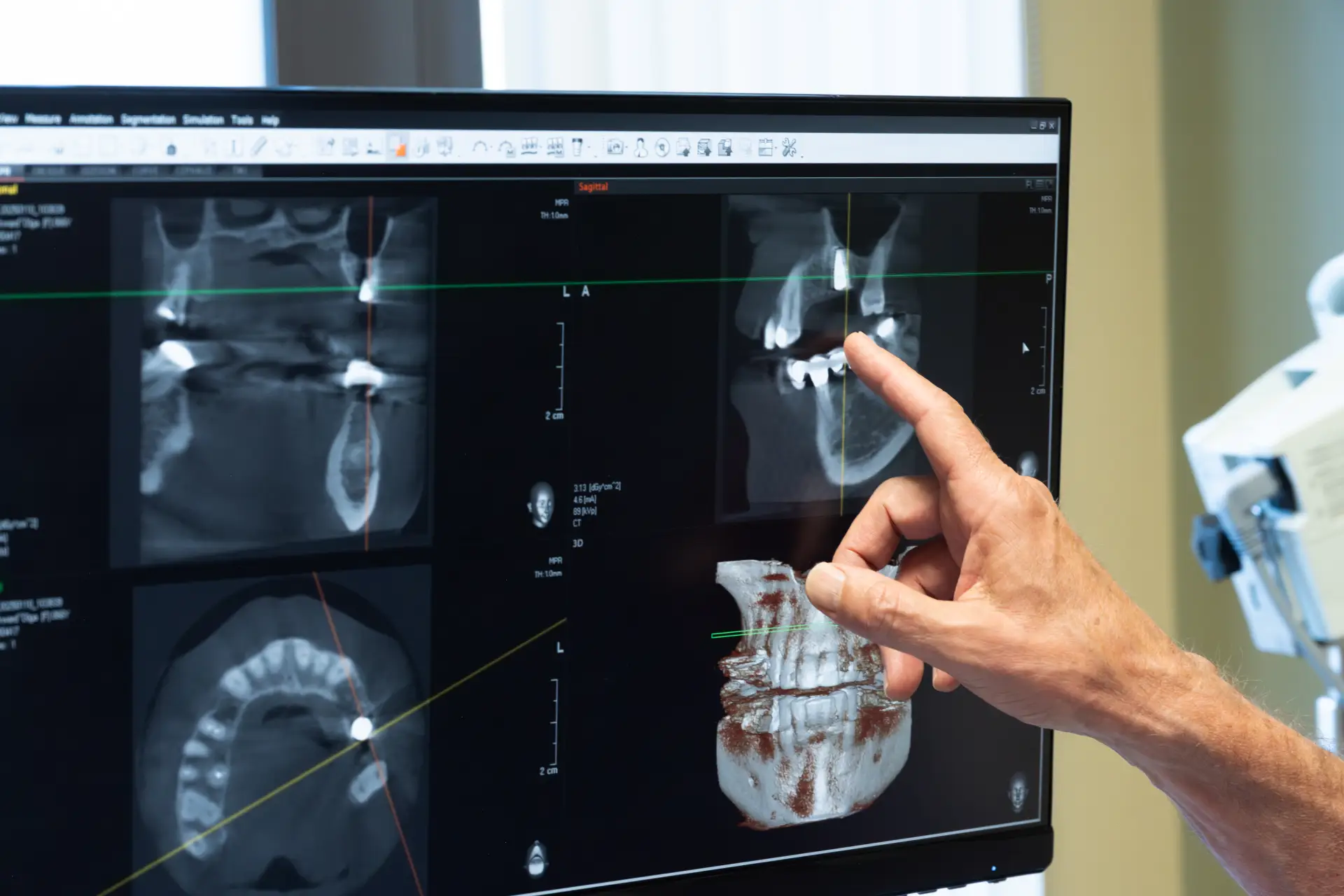
Oral SurgeryIn Carmel Valley
If you’re dealing with a dental issue, there’s no need to wait in pain. Whether you require multiple dental implants or a simple extraction, oral surgery can correct issues and set your smile up for long-term success.
Pocket Reduction Surgery
When you have gum disease (periodontitis), the supporting bone and gum tissue around your teeth can start to pull away, creating spaces called periodontal pockets. These deep pockets trap bacteria, making it nearly impossible to keep your gums clean with brushing and flossing alone. Over time, this can lead to bone loss, loose teeth, and even tooth loss.
Pocket reduction surgery, also called flap surgery or osseous surgery, is a periodontal treatment designed to reduce the depth of these pockets, making it easier for you to maintain healthy gums and teeth.
What Happens During Pocket Reduction Surgery?
During the procedure, your periodontist gently folds back the gum tissue to remove bacteria, hardened plaque (tartar), and infected tissue from beneath the gumline. If necessary, the bone around the teeth is smoothed to eliminate rough spots where bacteria can hide. The gums are then placed snugly back around the teeth, reducing pocket depth and helping prevent future infection.
Benefits of Pocket Reduction Surgery
- Reduces harmful bacteria and infection
- Makes it easier to brush and floss effectively
- Helps prevent further bone and tooth loss
- Supports long-term oral health and fresh breath
- Creates a healthier, more stable foundation for your teeth
Is Pocket Reduction Surgery Right for You?
If you’ve been diagnosed with moderate to advanced gum disease and non-surgical treatments (like deep cleanings or scaling and root planing) haven’t fully stopped the progression, your periodontist may recommend pocket reduction surgery. This procedure can help save your natural teeth and protect your overall health, since gum disease has been linked to conditions such as heart disease, diabetes, and stroke.
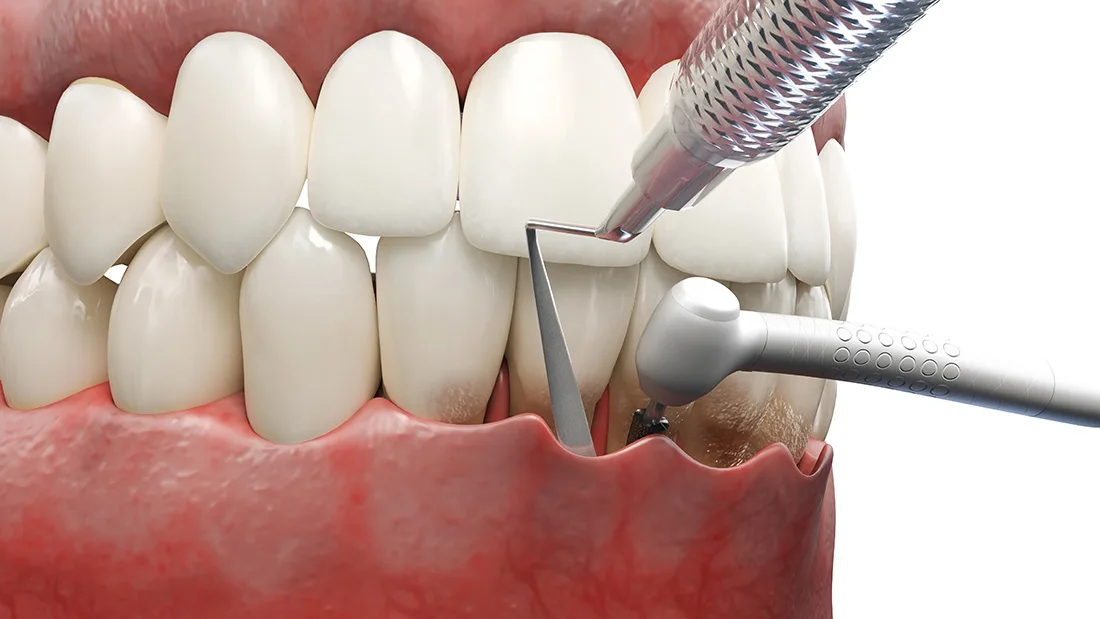
Bone Grafting
Your teeth need strong, healthy bone to stay in place. When bone is lost—whether from gum disease, tooth extraction, or injury—it can weaken your smile and make it harder to replace missing teeth in the future. That’s where dental bone grafting comes in.
What Is Bone Grafting?
Bone grafting is a procedure that helps rebuild or preserve the bone around your teeth and jaw. Special grafting material is placed in the areas where bone has been lost or is at risk of shrinking. Over time, your body naturally replaces the graft with new, healthy bone, creating a strong foundation for your teeth or future dental implants.
Bone Grafting After Tooth Extraction (Site Preservation)
When a tooth is removed, the jawbone can shrink quickly in that area. This bone loss can make the gums look sunken and may reduce your options for replacing the tooth later. With a bone graft placed at the time of extraction—also called ridge preservation—the bone and gum shape are maintained, making it easier to place a dental implant and helping to keep your smile looking natural.
Bone Grafting for Periodontally Involved Teeth
Gum disease (periodontal disease) can cause the bone around your teeth to break down, leading to loose teeth and even tooth loss. In these cases, bone grafting may be recommended to rebuild the lost bone and support your existing teeth. This procedure helps stabilize teeth, reduce mobility, and improve your overall oral health.
Benefits of Bone Grafting
- Preserves bone and gum shape after tooth removal
- Creates a strong foundation for dental implants
- Helps save and stabilize natural teeth affected by gum disease
- Supports long-term oral health and smile aesthetics
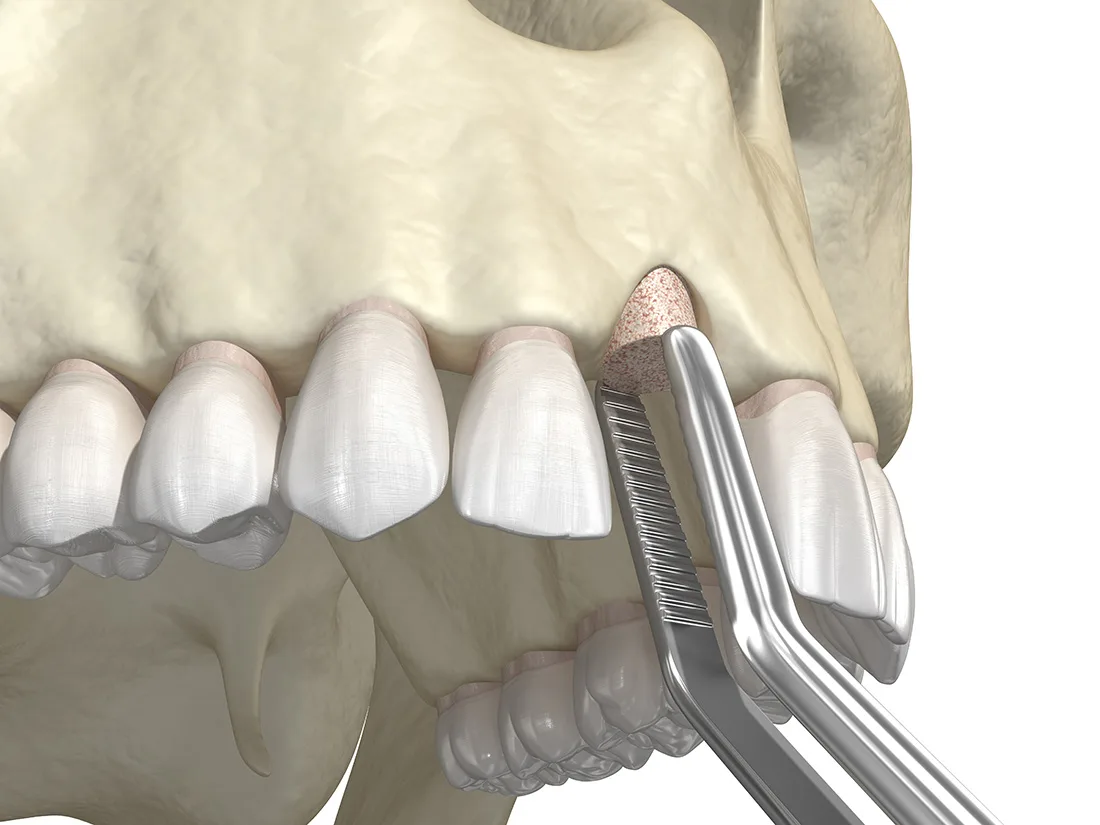
Guided Tissue Regeneration
Guided tissue regeneration (GTR) is an advanced periodontal procedure designed to rebuild bone and tissue lost to gum disease. This treatment stimulates your body's natural healing process to regenerate the supportive structures around your teeth, helping prevent tooth loss and restore oral health.
Who Benefits from GTR?
GTR is recommended for patients with advanced periodontal disease (periodontitis), where bacterial infection has caused significant bone and tissue destruction around the teeth. This condition develops when plaque and bacteria accumulate below the gum line, leading to gum recession, deep pockets, bleeding, and eventual bone loss.
Regular dental visits allow Dr. Hunt to detect and address periodontal disease in its early stages. However, patients who delay routine care may not notice symptoms until the condition has progressed significantly.
How GTR Works and Its Benefits
The GTR procedure involves placing a specialized biocompatible membrane between the bone and soft tissue around affected teeth. This membrane serves as a barrier, allowing bone cells to regenerate without interference from faster-healing gum tissue.
Key benefits include:
- Bone Regeneration: The membrane guides your body's natural healing process to rebuild lost bone structure, creating a stronger foundation for your teeth.
- Tooth Preservation: By restoring the supportive bone and tissue, GTR can save natural teeth that would otherwise be lost to periodontal disease.
- Enhanced Aesthetics: The procedure eliminates unsightly periodontal pockets and restores natural gum contours, improving your smile's appearance.
- Implant Site Preparation: GTR creates the dense, healthy bone foundation necessary for successful dental implant placement, whether used alone or in combination with bone grafting procedures.
This treatment represents a conservative approach to addressing advanced periodontal disease while preserving your natural teeth and supporting structures.

Extractions
Extractions are always a last resort because preserving your smile is our top priority. However, sometimes a problematic tooth causes more harm than good. In these cases, your dentist may recommend an extraction to restore your oral health. Using non-traumatic techniques and local anesthesia, decayed or damaged teeth can be safely removed to relieve discomfort or make space for dental implants, a bridge, or another type of tooth replacement.
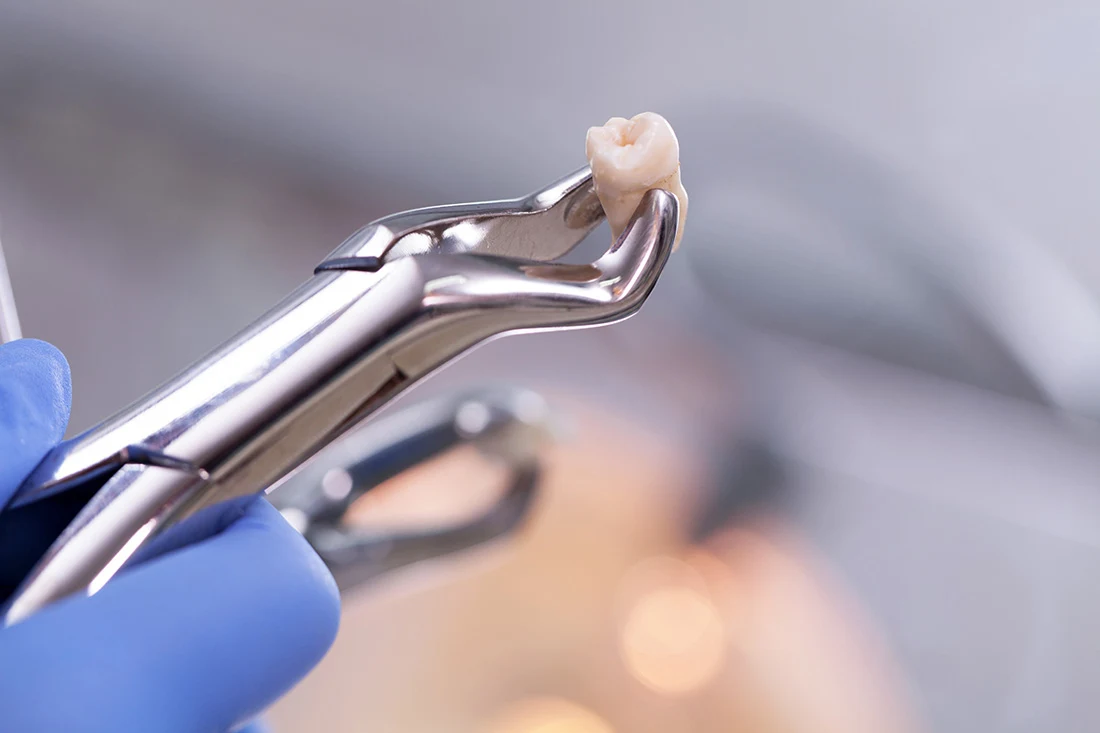
Dental Implants
Transform your smile and your life with dental implants that look, feel, and function just like natural teeth. Imagine rediscovering simple joys—biting into a crisp apple, laughing freely with friends, or speaking confidently in any situation—all without giving your teeth a second thought. Our expert team combines compassionate care with advanced technology to ensure your implant journey is comfortable and rewarding. No more compromising or hiding your smile; dental implants provide a permanent solution that seamlessly integrates with your remaining teeth, giving you back the complete, confident smile you deserve.
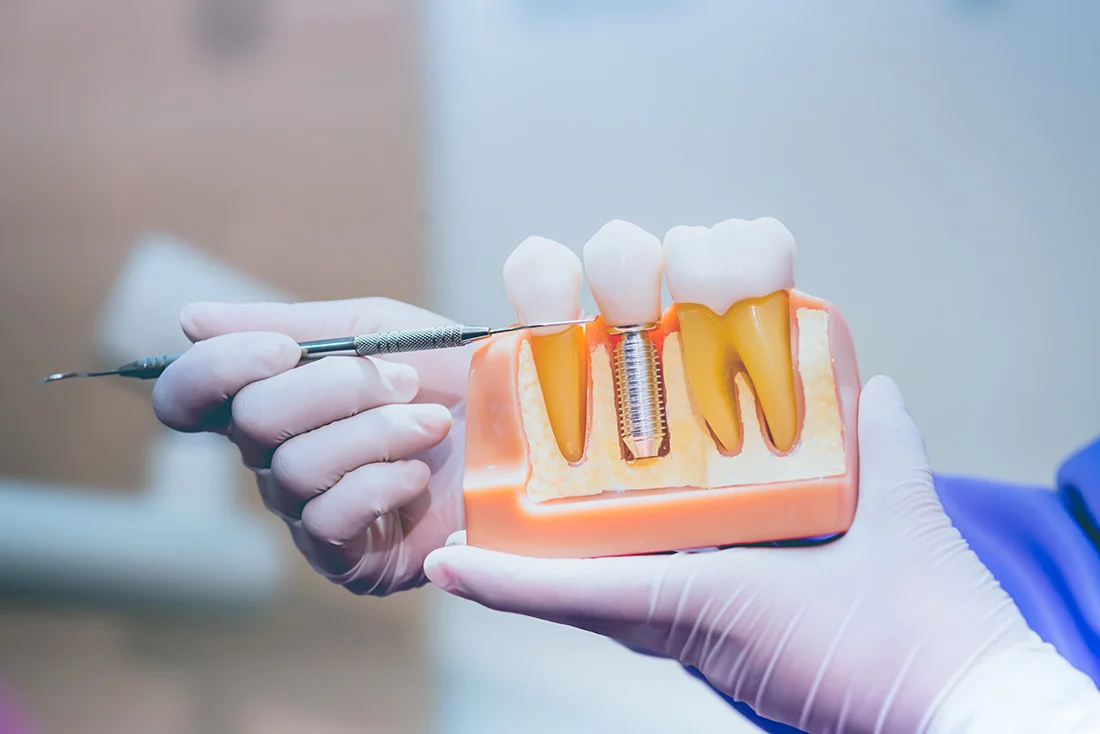
Ridge Augmentation
When a tooth is lost or removed, the bone that once supported it can begin to shrink or collapse. This natural process often leaves the jaw with an uneven shape, called a ridge defect. Not only can this affect the look of your smile and facial structure, but it can also make it harder to replace missing teeth with dental implants or bridges.
A ridge augmentation is a specialized procedure that rebuilds and restores the natural contour of your gums and jawbone. During this treatment, bone grafting material is carefully placed in the area where the bone has been lost. Over time, the graft helps your body regenerate new, healthy bone. This creates a strong, stable foundation for future dental implants or other tooth replacement options—and it also improves the appearance of your smile.
Benefits of Ridge Augmentation
- Restores natural shape and contours of the gums and jaw
- Provides a stable foundation for dental implants
- Improves long-term oral health and bite function
- Enhances the aesthetics of your smile
Why Choose Ridge Augmentation?
If you’re considering dental implants, ridge augmentation is often an important step to ensure the implant has enough healthy bone for long-term success. Even if you’re not getting an implant, rebuilding lost bone can protect your oral health and restore confidence in your smile.
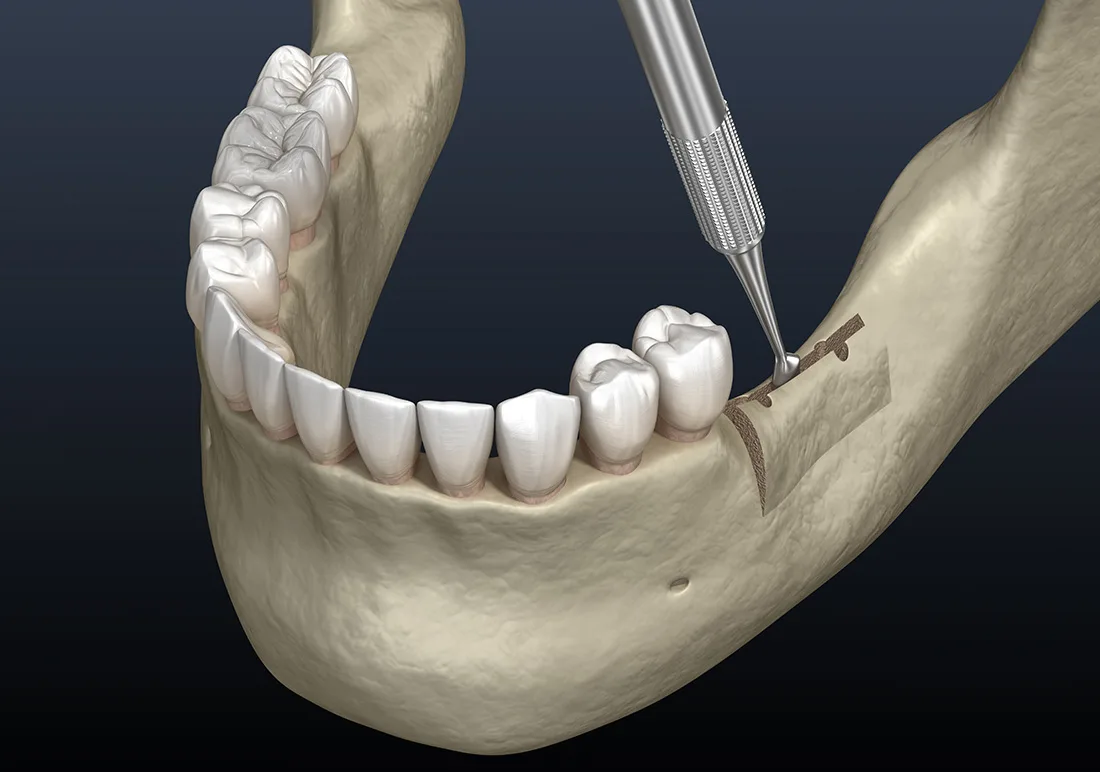
Sinus Lifts
Our skilled team of dental professionals understands that bone loss in the upper jaw can create challenges for placing dental implants. That's why we offer sinus lift surgery, a specialized procedure designed to restore bone volume and create a stable foundation for implants. Using precise techniques and state-of-the-art technology, we gently lift the sinus membrane and place bone grafting material to encourage new bone growth. This procedure allows us to help more patients achieve their dream of a complete, healthy smile, even those who may have previously been told they weren't candidates for implants.

Crown Lengthening
If you feel self-conscious about having a "gummy smile," you're not alone—and there’s a solution. Crown lengthening is a simple and effective procedure that can enhance your smile and improve your dental health.
This treatment gently removes excess gum tissue to reveal more of your natural teeth, creating a more balanced, even smile. It’s often done for cosmetic reasons, helping you feel more confident when you smile. But it can also be medically necessary—for example, to prepare a tooth for a dental crown after damage or decay.
A gummy smile happens when there’s more visible gum than tooth. Crown lengthening adjusts this by reshaping the gums to uncover more of the tooth surface, restoring a natural proportion between your teeth and gums.
Sometimes, that’s all it takes to reveal the beautiful smile that’s been there all along.Want to learn more? We're here to help. Contact us today to explore your options.
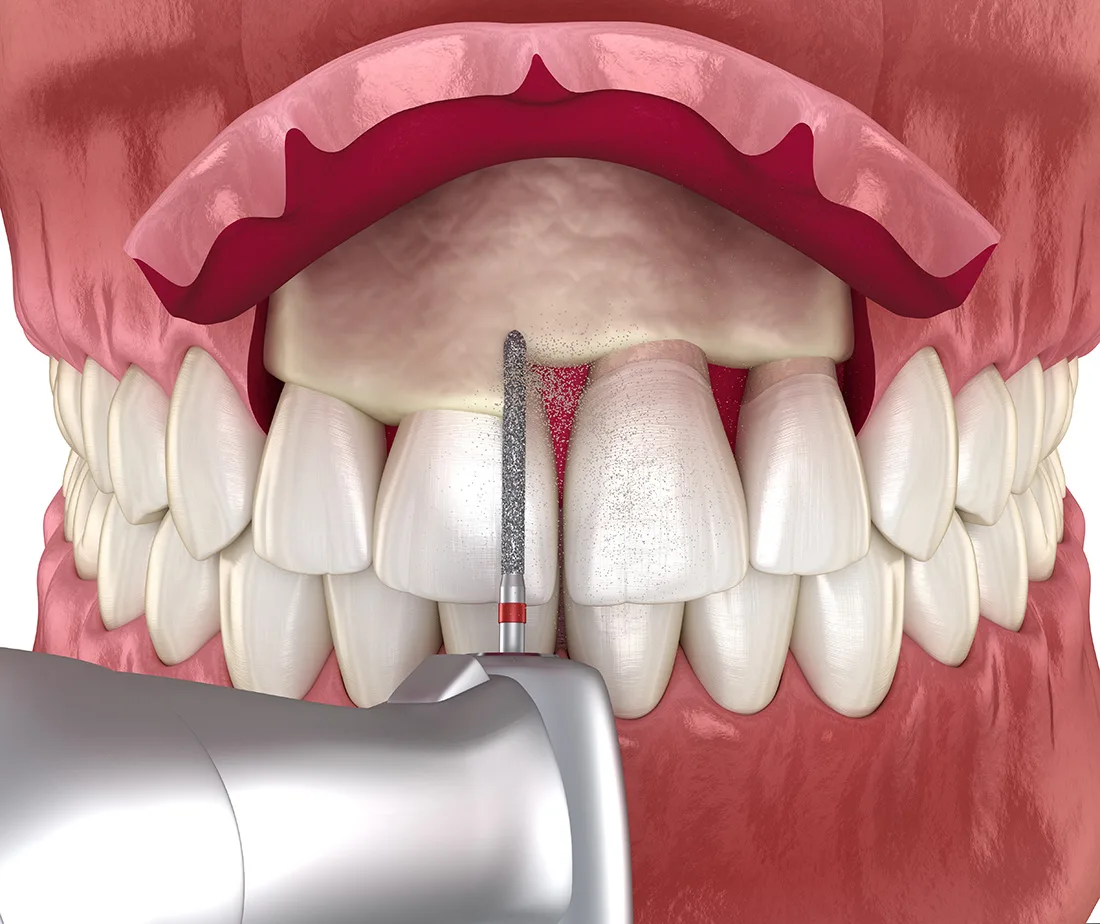
Soft Tissue Grafting
Soft tissue grafts are performed when there is recession at the gum line. Gum recession most commonly occurs because of aggressive tooth brushing. It can also occur as a result of subepithelial periodontal disease, after orthodontics or because of other factors such as misaligned bit and micro-movements of teeth. Gum recession can lead to exposed root surfaces and "long looking teeth". Exposed roots can sometimes be sensitive to hot and cold foods and liquids. They may be more susceptible to decay and the accumulation of bacterial plaque due to the uneven gum line. there are 5 cases where gum grafts are clinically indicated: root sensitivity, rapid progression of recession, anatomically thin tissue, aesthetics or cases where orthodontics or other complex restorations are involved. A gum graft is also an excellent way to improve a "tooth smile". A "tooth smile" is where there is proportionately more tooth showing than gum tissue showing. Get back to a healthy, comfortable smile by booking your first consultation.
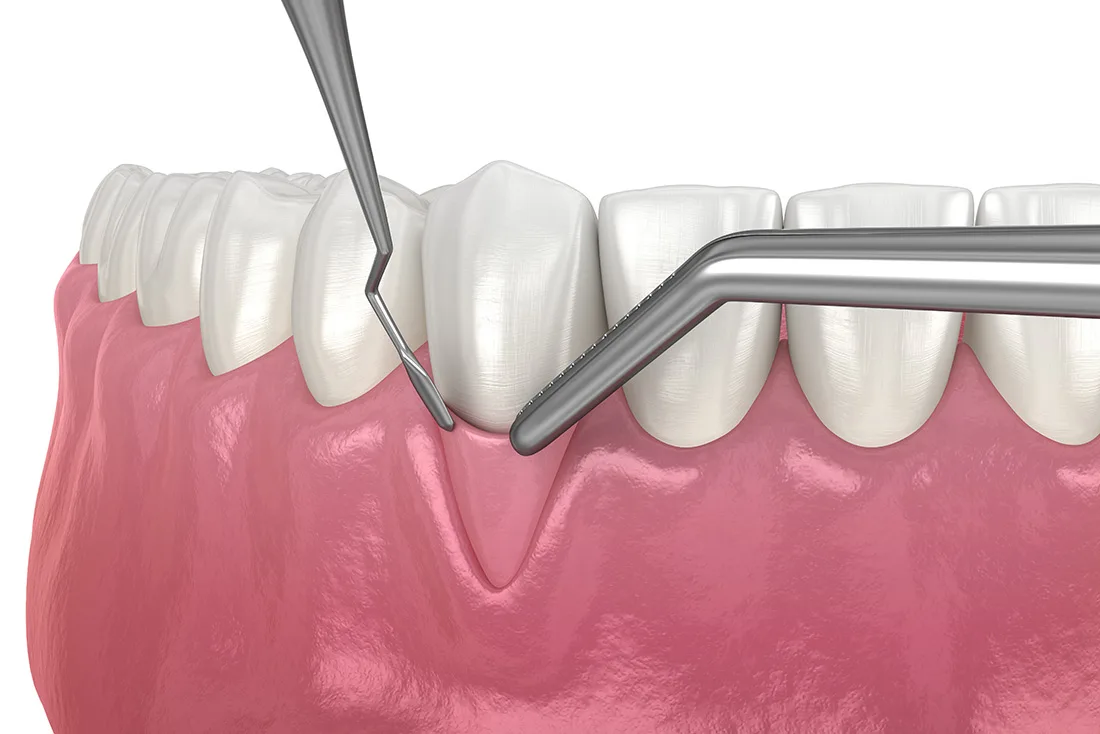
Frenectomies
A frenum is a naturally occurring fibrous attachment, normally seen between the front teeth (either upper or lower). It connects the inner aspect of the lip with the gum. A lack of attached gingiva, in conjunction with a high (closer to the biting surface) frenum attachment, which exaggerates the pull on the gum margin, can result in recession. Additionally, an excessively large frenum can prevent the teeth from coming together resulting in a gap between the front teeth. If pulling is seen or the frenum is too large to allow the teeth to come together, the frenum is surgically released from the gum with a Frenectomy. Often a Gingival Graft is added to re-establish an adequate amount of attached gingiva.
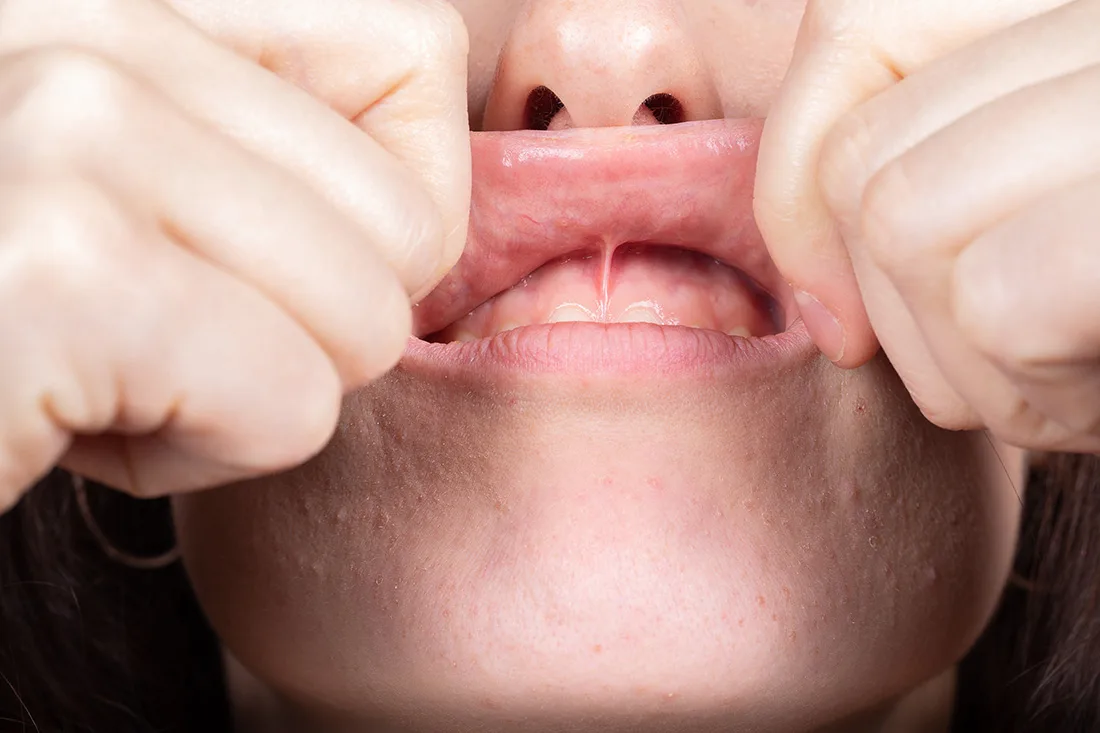
Biopsies
Want to stay proactive about your oral health? We offer biopsies to catch any abnormalities in your oral tissue. While oral cancer is rare, it can have severe effects if not caught in time. That's why it's important to stay on top of your routine exams. If we catch an irregularity in your mouth during an oral cancer screening, we can catch it early and have a plan of action ready. Biopsies can help plan for the unexpected, get in touch with us today if you have noticed any abnormalities in your mouth.
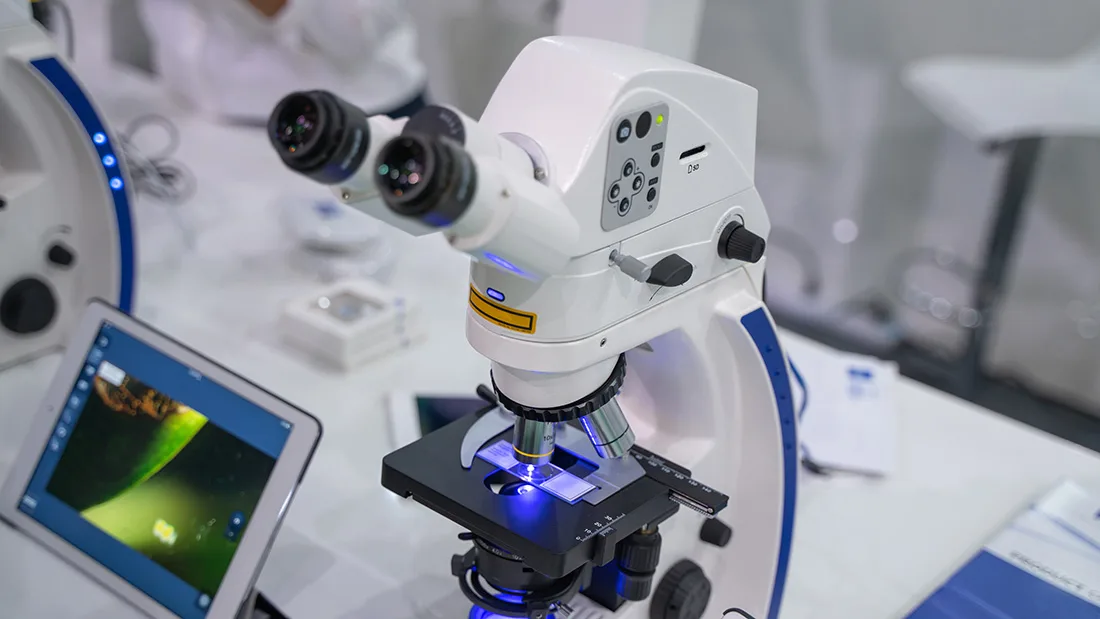
Tori Removal
Alleviating teeth grinding and bite misalignment due to excess bone (or tori) can be stressful and uncomfortable, but we have a solution. Tori removal is a common procedure performed by your surgeon that prevents further teeth complications, gets you out of pain, and prepares your smile for any future procedures. These little bone growths can interfere with many restorative treatments such as dentures, dental bridges, or dental implants. Get these treated to prevent any issues before restoring your smile.
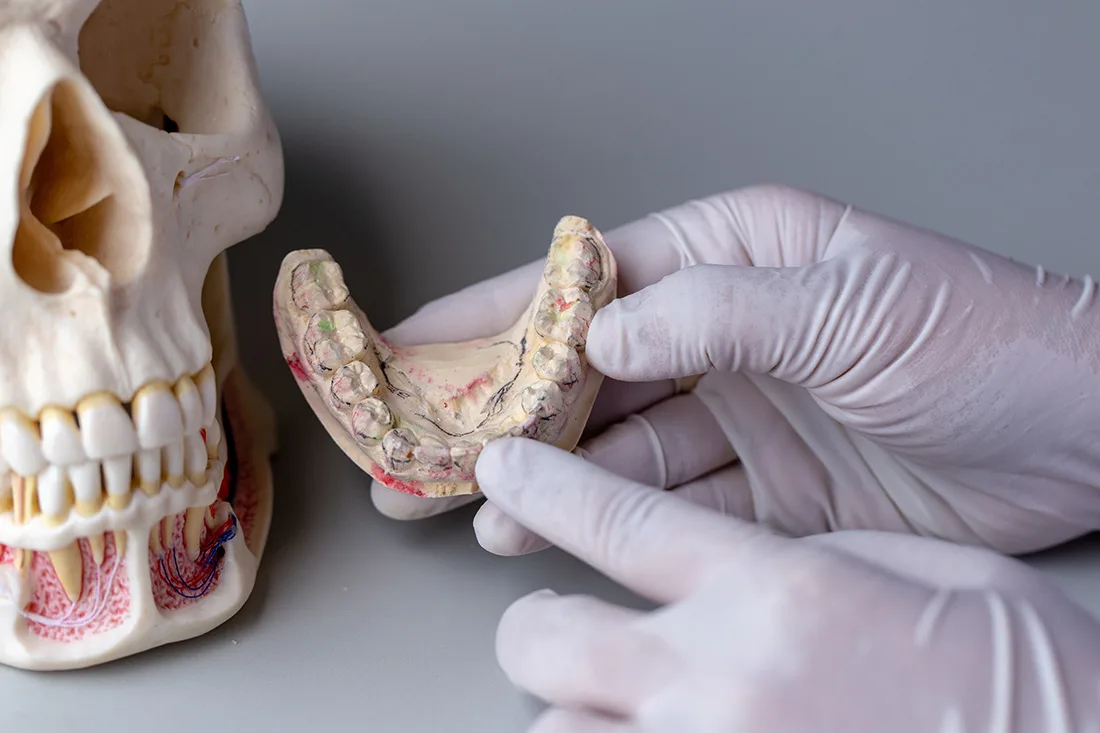
Periodontal Abscess Treatment
A periodontal abscess is a painful infection that develops in the gums next to a tooth. It happens when bacteria become trapped deep in the pocket between the tooth and gum, often due to untreated gum disease (periodontitis). Unlike a simple gum irritation, a periodontal abscess requires prompt dental care to stop the infection and protect your teeth.
What Is a Periodontal Abscess?
A periodontal abscess is a pocket of pus caused by a bacterial infection in the gums. Common signs include:
- Red, swollen, or tender gums
- Throbbing tooth or gum pain
- A pimple-like bump on the gums
- Bad taste in the mouth or bad breath
- Loose tooth in the affected area
If left untreated, the infection can spread, damage surrounding bone, and even cause tooth loss.
How Is a Periodontal Abscess Treated?
Treatment for a periodontal abscess focuses on stopping the infection, relieving discomfort, and preserving the tooth whenever possible. Depending on the severity, your dentist or periodontist may recommend:
- Draining the abscess – Carefully releasing the infection to reduce pain and swelling.
- Deep cleaning (scaling and root planing) – Removing bacteria, tartar, and infection from beneath the gumline.
- Antibiotic therapy – Prescribed if the infection needs additional control.
- Surgical treatment – In advanced cases, gum or bone surgery may be needed to fully remove infection and restore gum health.
- Tooth replacement options – If the tooth cannot be saved, extraction and future treatment (such as dental implants) may be recommended.
Why Prompt Treatment Matters
A periodontal abscess won’t go away on its own. Quick treatment not only relieves pain but also protects the surrounding teeth and bone. The sooner it’s treated, the better the chances of saving your natural tooth and restoring healthy gums.
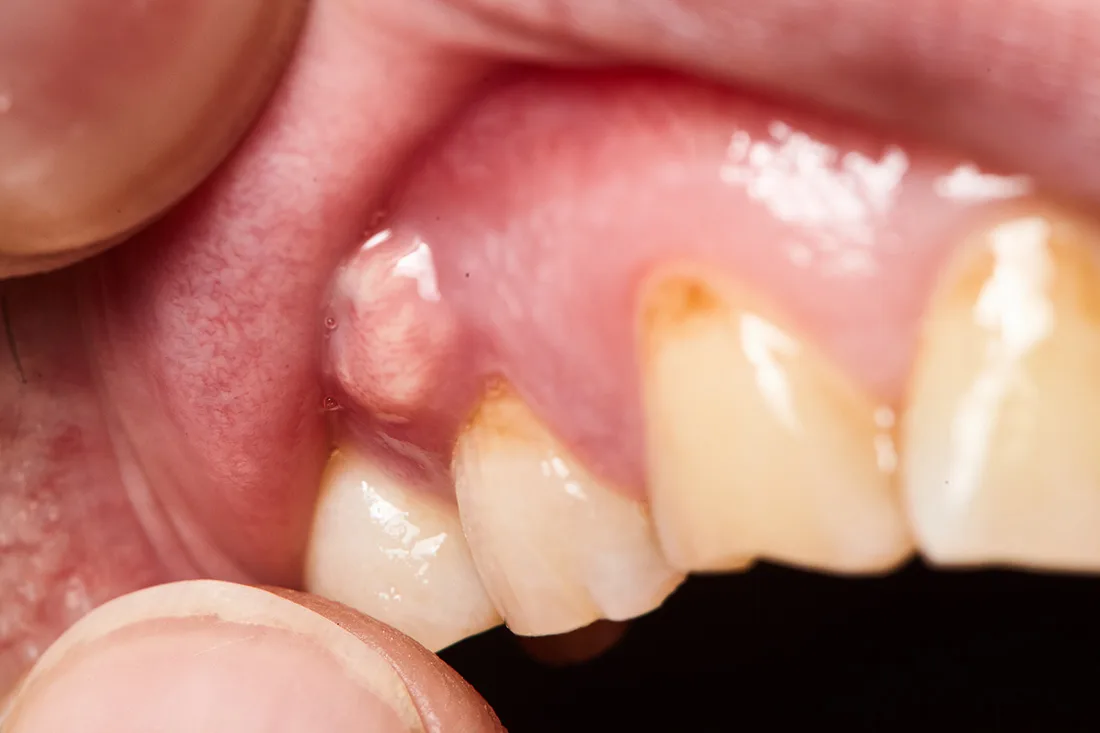
FaQ's
Frequently Asked Questions
Check out these frequently asked questions, or call us to speak with our team.
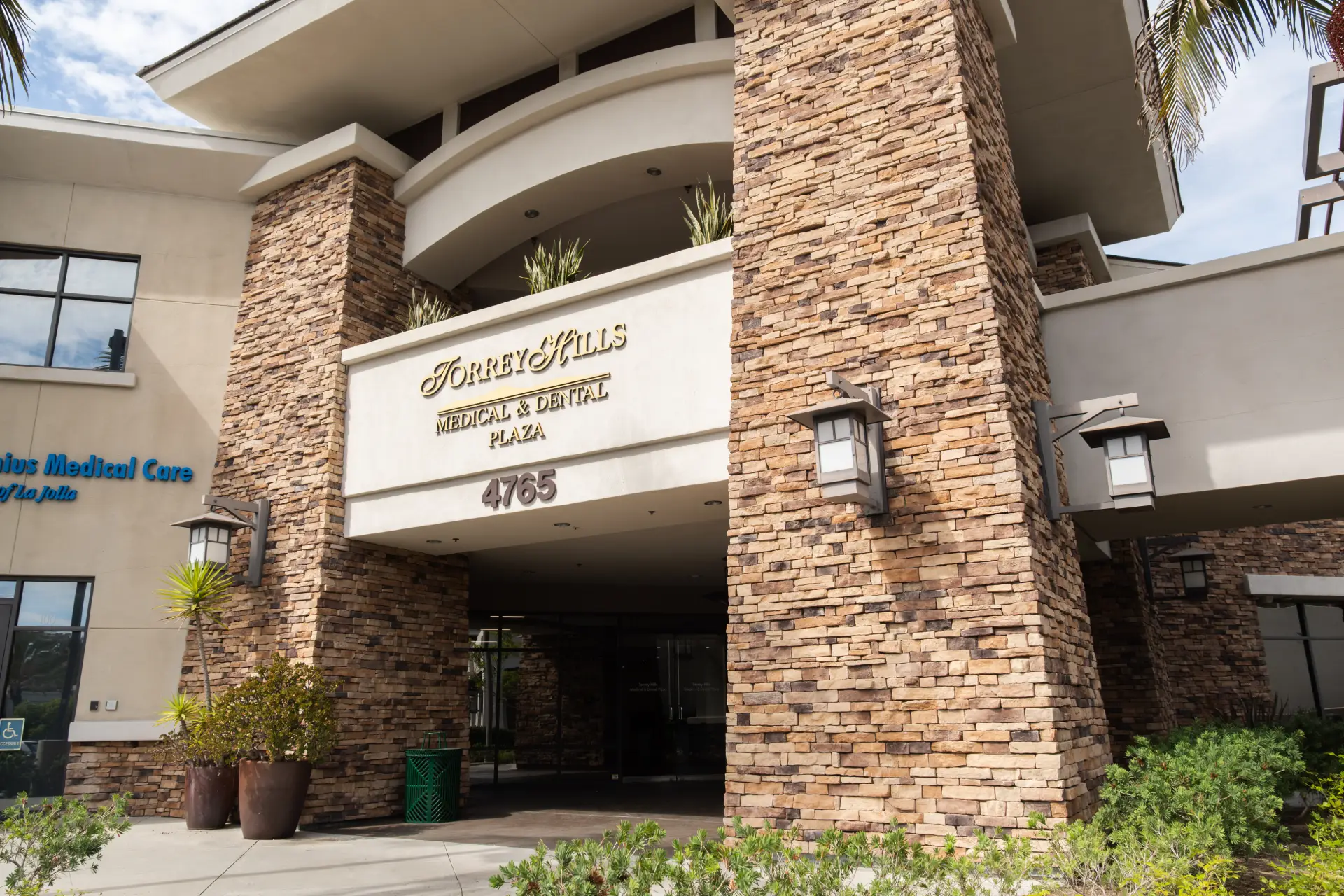
.png)